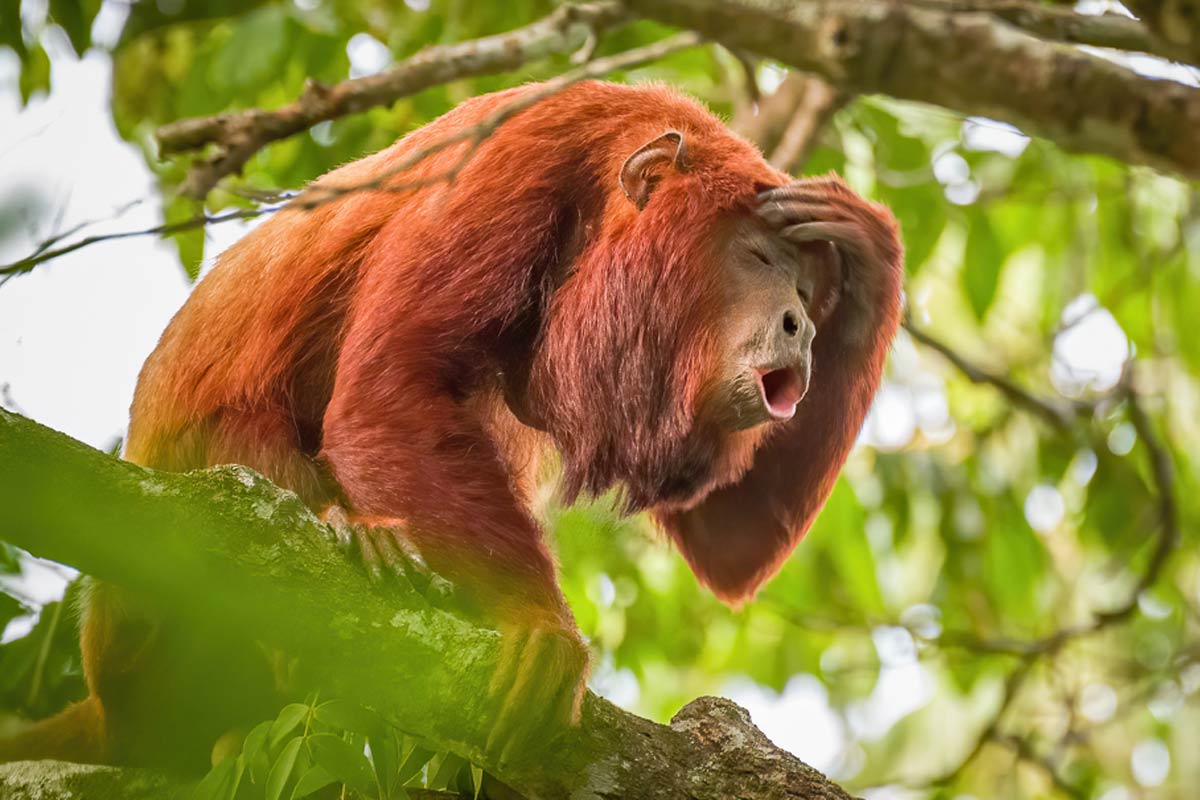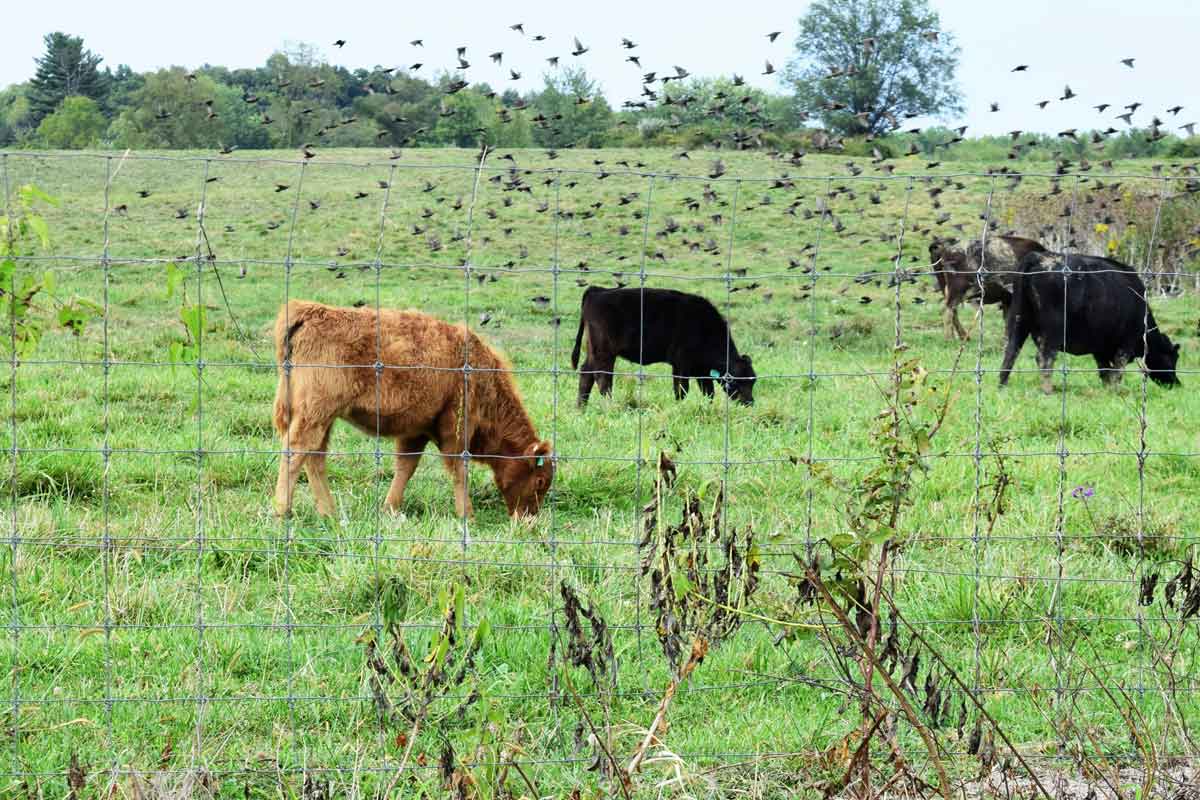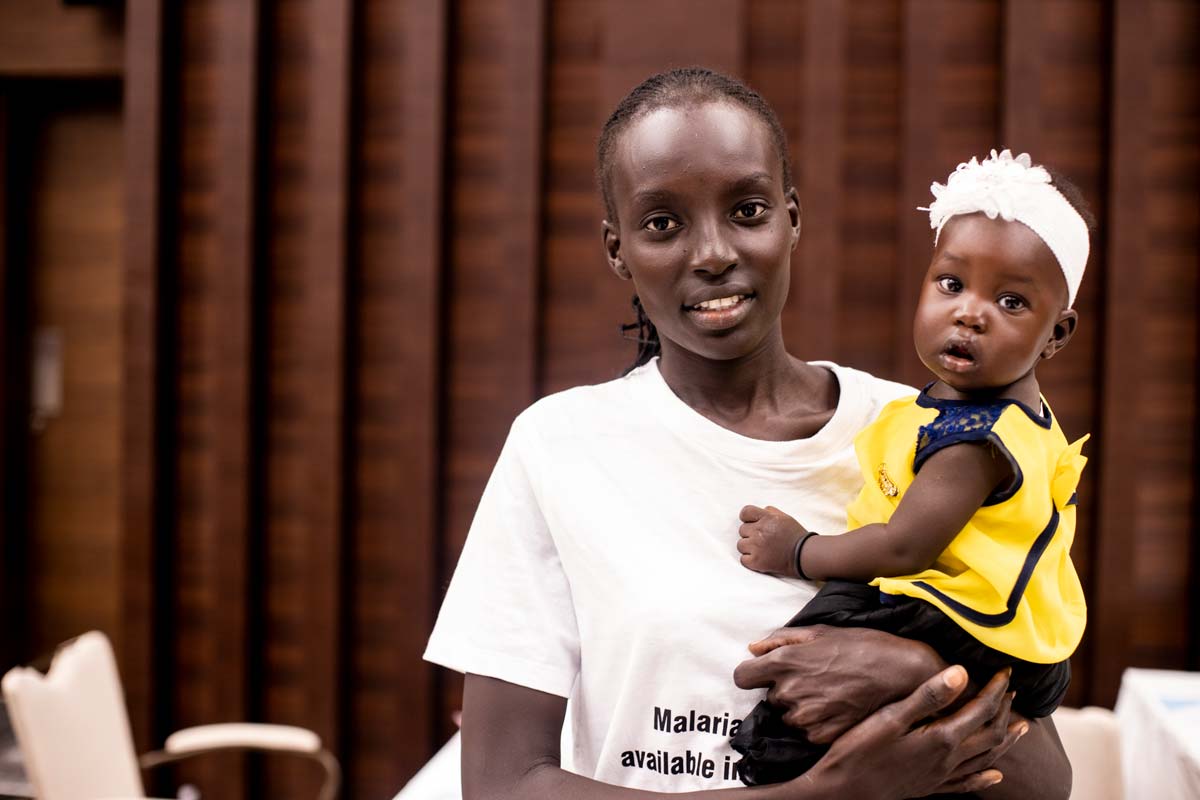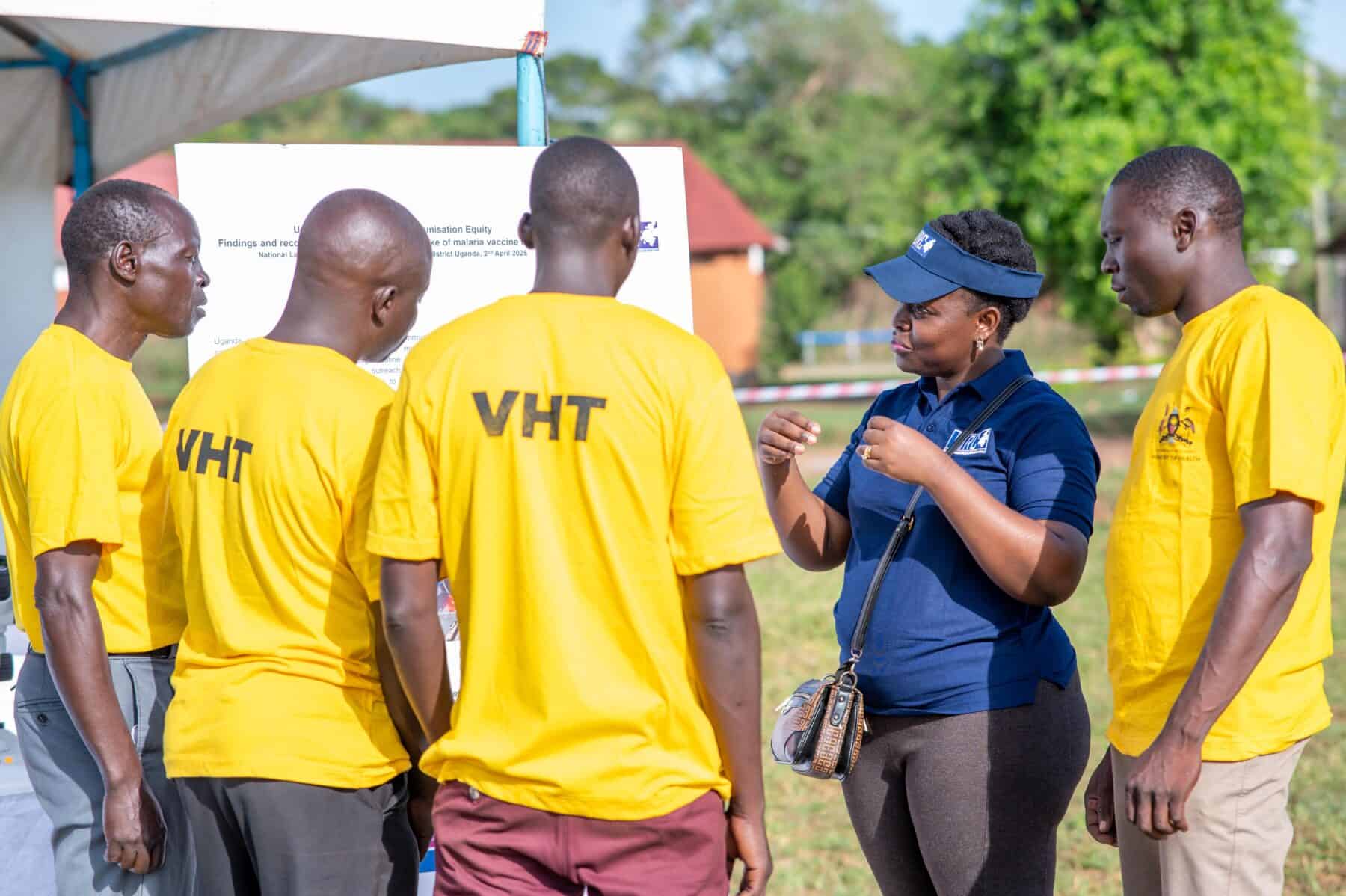COVID-19's brat summer: everything you need to know about the latest surge
SARS-CoV-2 is going on five, still fierce, and FLiRTy. Lakshmi Gopinathan lays out what that means for us.
- 19 August 2024
- 5 min read
- by Lakshmi Gopinathan
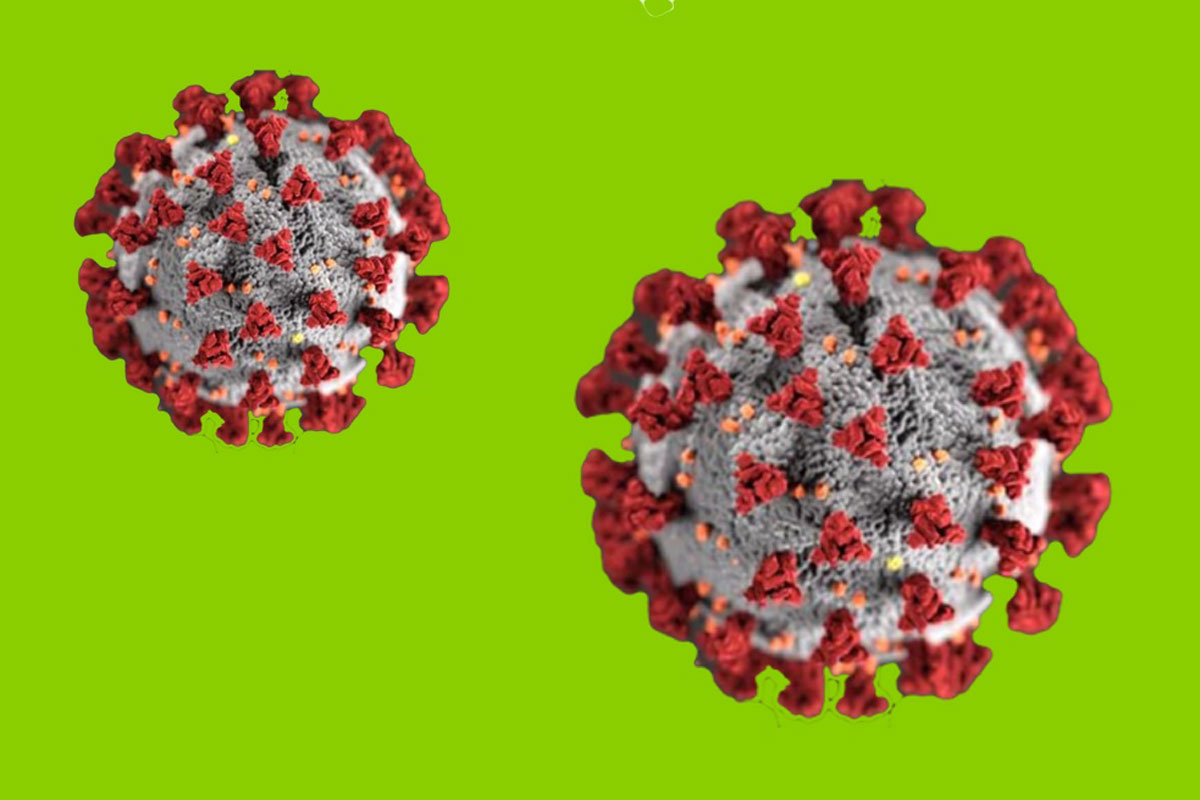
COVID-19 lives on, and not just in traumatic memories of lockdowns and lost lives and livelihoods. Peculiarly for a respiratory ailment, the viral infection flares again as summer surges.
This year, worldwide, the summer COVID-19 spike appears to be particularly enduring, conspicuous in the large number of athletes who tested positive at the Paris Olympics. The new wave is being seen across the Americas, Europe and the western Pacific.
A pandemic-fatigued world is eager to move on, but the World Health Organization (WHO) is urging that the worst may not be behind us, and that more severe variants may emerge if virus circulation remains high.
Based on its sentinel surveillance system across 84 countries, WHO recently reported high SARS-CoV-2 circulation in wastewater and a rise in the percentage of SARS-CoV-2-positive tests, with Europe registering a high positivity of over 20%. The European Centre for Disease Prevention and Control reported increased SARS-CoV-2 activity in primary and secondary health care settings in some EU/EEA countries since late spring. UK’s Health and Security Agency reported an increase in SARS-CoV-2-positive tests from 4% at the end of March to 12% in the week ending on August 10. In the US, the weekly percentage of test positivity rose from 3.5% in May to over 17% in the week ending on 3 August , as per the latest tracking by the US Centers for Disease Control and Prevention.
Why is COVID-19 surging this summer?
The virus, the human, and the environment may all be contributing.
Unlike other viruses that cause respiratory ailments, such as the flu, common cold and Respiratory Syncytial Virus (RSV), which strike in the colder months in the northern hemisphere, SARS-CoV-2 appears to adapt well to summer humidity and temperatures. The reasons for that remain unresolved, despite studies attempting to understand this.
It’s worth noting that it’s also not yet behaving as a ‘seasonal bug’, as it lacks that distinctive pattern. The UK is currently seeing three or four waves a year of SARS-CoV-2, while the US is seeing a dual seasonality, with two peaks a year.
Inevitable mutations in the virus, waning immunity from past vaccinations or infections in the human population, and summer behaviours such as holiday travel, outdoor gatherings and increased indoor time in air conditioning, may combine to offer SARS-CoV-2 a unique hot-pot to simmer in. “The virus is relentlessly evolving,” says Eric Topol, Director of Scripps Research Translational Institute in his blog, Ground Truths. “It will continue to find new ways to infect and reinfect us. Added to problem of the virus’s evolution is the blunting of our immune response, the big issue of waning immunity. Neutralizing antibody levels go down,” he adds.
What is different about the virus this summer? Is it more dangerous?
The summer surge has been largely driven by the so-called FLiRT variants, KP.2 and KP.3, especially in the UK, parts of Europe and the US. These are descended from the JN.1 variant, which, in turn, is a subvariant of the Omicron strain.
The FLiRT acronynm is based on two mutations that weren’t seen on the JN.1 strain: F456L and R346T, representing the change in the numbered amino acid residues from F to L and R to T in the spike protein – this protein is essential for the virus to enter host cells and is also recognised by the host’s immune system.
What do these mutations actually do? They eliminate binding sites for host antibodies that can neutralise the virus, thereby giving the variant viruses more power to evade host immune responses.
KP.3.1.1, which lacks the R346T mutation and hence is no longer a FLiRT variant, has surpassed KP.3 in the US in the last couple of weeks. Characterised in detail by the Sato group in Japan, KP.3.1.1 harbours other mutations, giving it enhanced infectivity and immune evasion abilities. While the new strains are more transmissible and are causing an overall increase in cases, they, fortunately, are not linked with a significant increase in severe cases – gauged as emergency visits, hospitalisations and deaths – as was seen with the older variants in prior waves.
So far, the symptoms of the new variants have been similar to those seen with Omicron variants. These include sore throat, fatigue, headache, body aches, cough, runny nose and “shortness of breath (especially in unvaccinated people or those infected long ago)”. Symptoms may differ based on a person’s underlying health status and immune system.
As the newbies are close offshoots of JN.1 (and therefore, Omicron), prior vaccination or infection, if recent, should still offer some degree of durable protection, likely via cellular memory responses that outlive early antibody-based protection. Because the FLiRT variants are relatively new, however, there isn’t enough data to know for sure how effective prior vaccination or infection will be in offering protection.
How should I protect myself this time around?
Vaccination remains the key strategy for protection. “Data continue to show the importance of vaccination to protect against severe outcomes of COVID-19, including hospitalization and death,” says the CDC in a media statement from June 2024 which “recommends everyone ages 6 months and older receive an updated 2024-2025 COVID-19 vaccine to protect against the potentially serious outcomes of COVID-19 this fall and winter whether or not they have ever previously been vaccinated with a COVID-19 vaccine”.
Other preventive measures include masking and practising good hygiene “to protect yourself and others” – just as during the earlier emergency phase of the COVID-19 pandemic.
The elderly, people with pre-existing medical conditions and the immunocompromised remain at highest risk for severe disease from the new variants. “High-risk people should continue to take precautions, keeping up with boosters, and all forms of protection,” urged Topol in an earlier blog post from April 2024.
Have you read?
What lies ahead?
As a relatively young virus, the patterns of SARS-CoV-2 are not yet predictable. With COVID-19 now endemic, the virus may have some or many more waves of evolving to do before it settles into a seasonal pattern like the influenza virus, which has now been around for hundreds of years.
Continued evolution of the virus will run alongside updated vaccine recommendations, such as recent advice from the FDA to vaccine manufacturers to use the KP.2 strain if feasible. Nasal vaccines, such as those already developed, can offer stronger, localised immunity in the respiratory tract, and we await detailed results from clinical studies examining their effectiveness. Long COVID remains an important concern, although research indicates that its incidence has decreased over the course of the pandemic.

